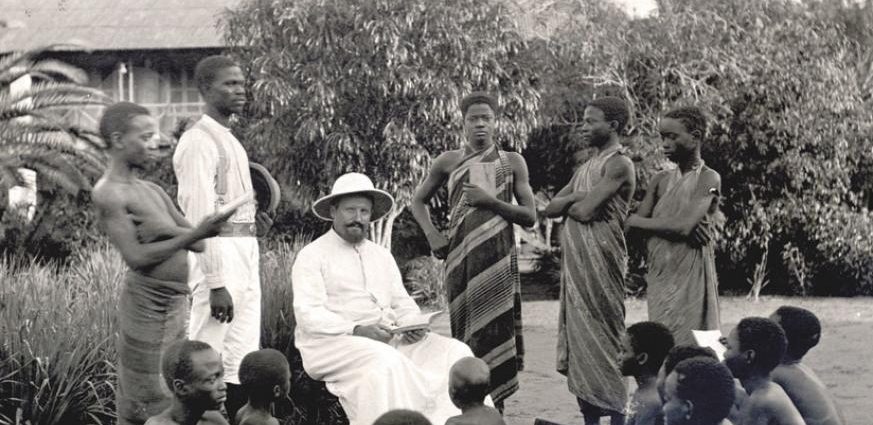
First the white men ruthlessly and systematically dismantled our Vaishya Shakti; trade, commerce, manufacturing capacity and business. They cut the thumbs of thousands of highly skilled weavers all across Bengal to hammer in the last nail in the coffin of India’s flourishing textile industry. The finest muslin silk produced here was in great demand all over the world, especially among the nobility and the aristocrats of Europe and China. Before that indigenous Vaishya Shakti had remained strong in India even under the Moghuls. Sultans and Badshas used to supervise the destruction of temples but new ones were built in no time due to the aggressive patronage of Hindu businessmen. In spite of the extra load of taxes that were imposed on them, they had continued to flourish.
The quality of production had remained at the highest level, we had the best ships in the world as they plied across the oceans and there was never any dearth of innovation and imagination in the way business was conducted, both local and international. But the British succeeded in destroying all that right from the roots by imposing draconian restrictions, taxes and bans on local products and transport.
When the early European waves started touching our shores, India’s GDP was 27% of the global output. Persia, China and India were the economic superpowers. When the British left a subservient and divided subcontinent in 1947, India’s share of the global GDP had shrunk to a mere 3%.
Once India’s wealth and resources were within their grasp, it was a cakewalk for the Company to target the Kshatriya Shakti, the political and military power. Hundreds of local rulers and kings were basically lazy cowards, fun loving, accustomed to pomp, grandeur and luxury and did not have the foresight to read the writings on the wall. The white traders could convince them to agree to a sort of ‘outsourcing’, ‘We will manage your administration and revenue collections, we will take care of the military and counter the threat from your neighbours while you continue to consume opium and expensive wine, enjoy the dance of beautiful girls in your royal courts, ride on elephants during festivals and hunt in the forest to enjoy a good party. Your sons will be tutored in Oxford and they will learn to play cricket and polo with the elite of the West’. There were some resistance in some regions but local grievances against Muslim rulers made it easy for the British to gain absolute political control in a very short time without much bloodshed and physical violence.
Now the foreigners faced the most daunting task, which was to weaken and discredit the Brahmanya Shakti, the intellectual and the philosophical heritage, the power of indigenous knowledge and education. Even after eight hundred years of Islamic suppression where major Universities were destroyed and millions of manuscripts burned, where Persian was forcefully imposed to replace Sanskrit, India had somehow managed to hold on to Her culture of inculcating knowledge through its time-tested institutions.
The British were meticulous in keeping records and tracking details. They had clubbed the four southern states as ‘Madras Presidency’. Figures from their own archives reveal that in Madras Presidency alone there were more than 60,000 primary learning centres, including Toles, Pathshalas, Gurukuls and Madrasas. And there were many institutions of higher and specialised learning. The literacy rate of the whole country was 97%, for both men and women. 40% of the students were Shudras, the so-called ‘lowest cast’ and only 10% of the teachers and professors were Brahmins, the so-called ‘highest cast’.
How the Europeans managed to turn things upside down to their advantage is a fascinating chapter of our colonial experience. How they used the power of legislation and their own Brahmanical skills to distort truths and define narratives is a tale of great cunning and subtle violence.
(To be continued)
Joydeep

